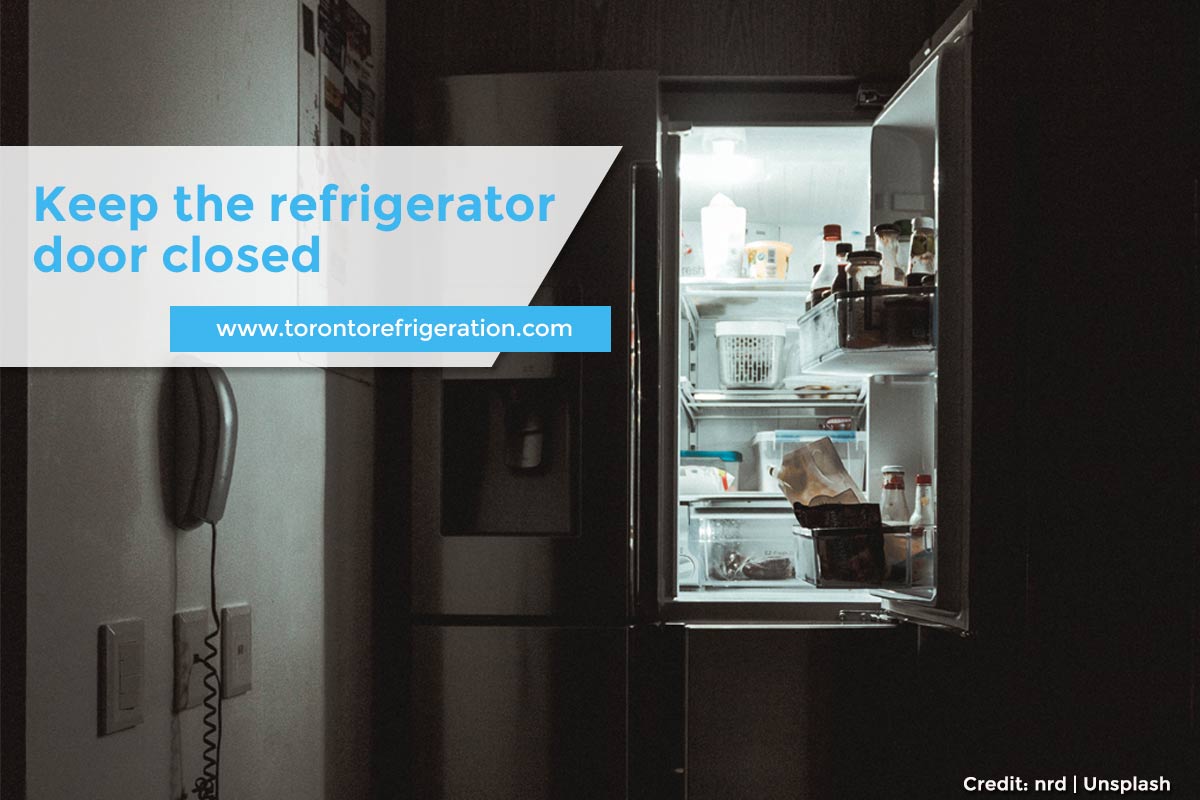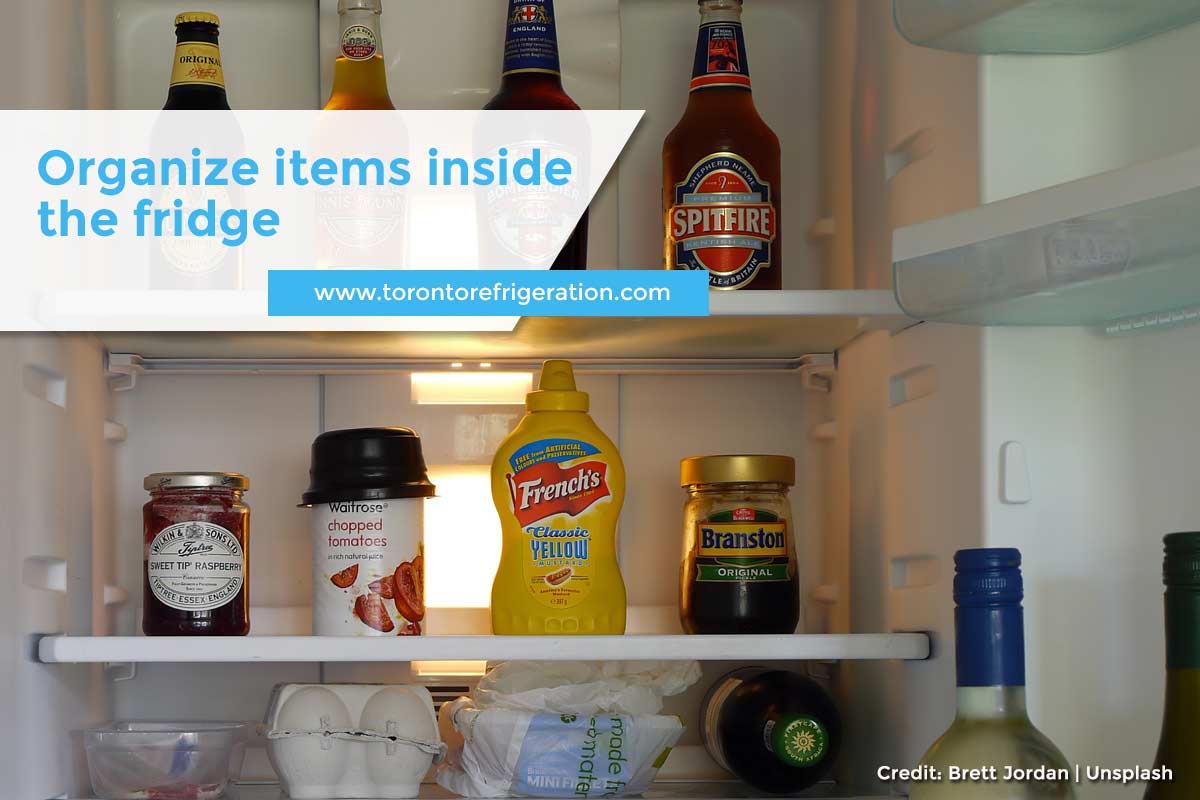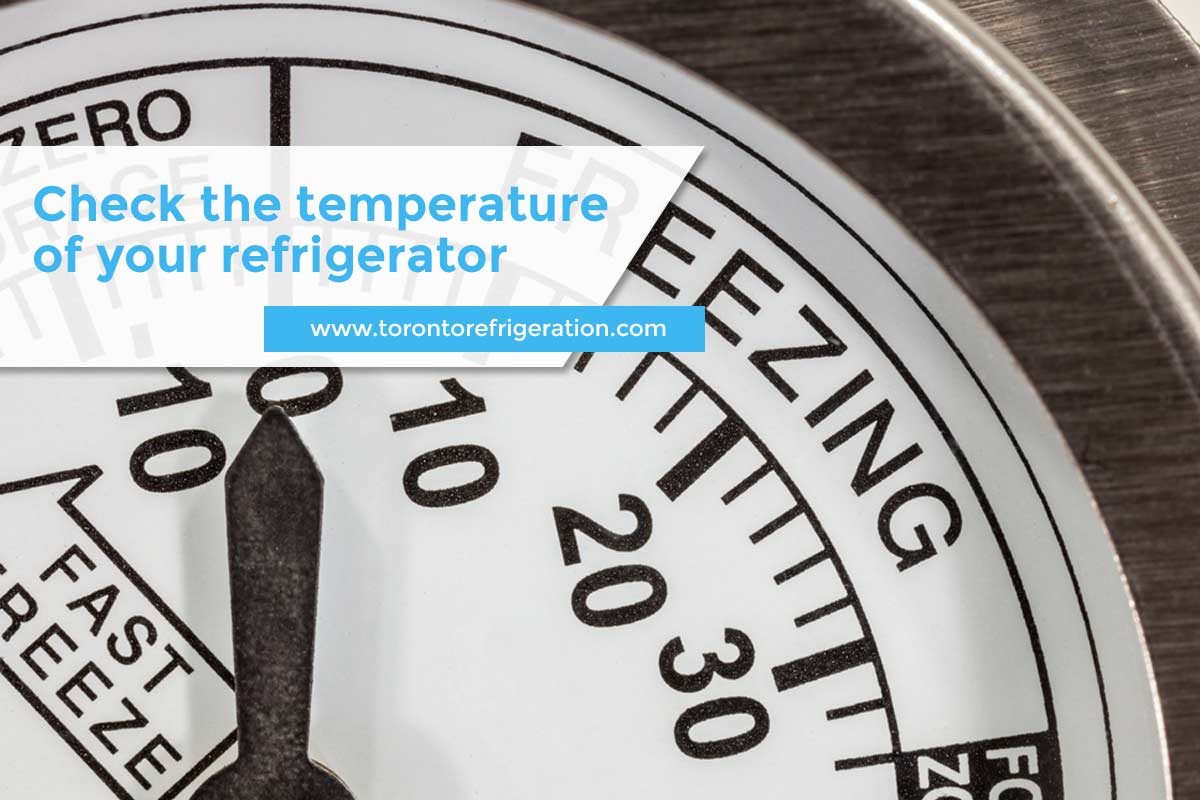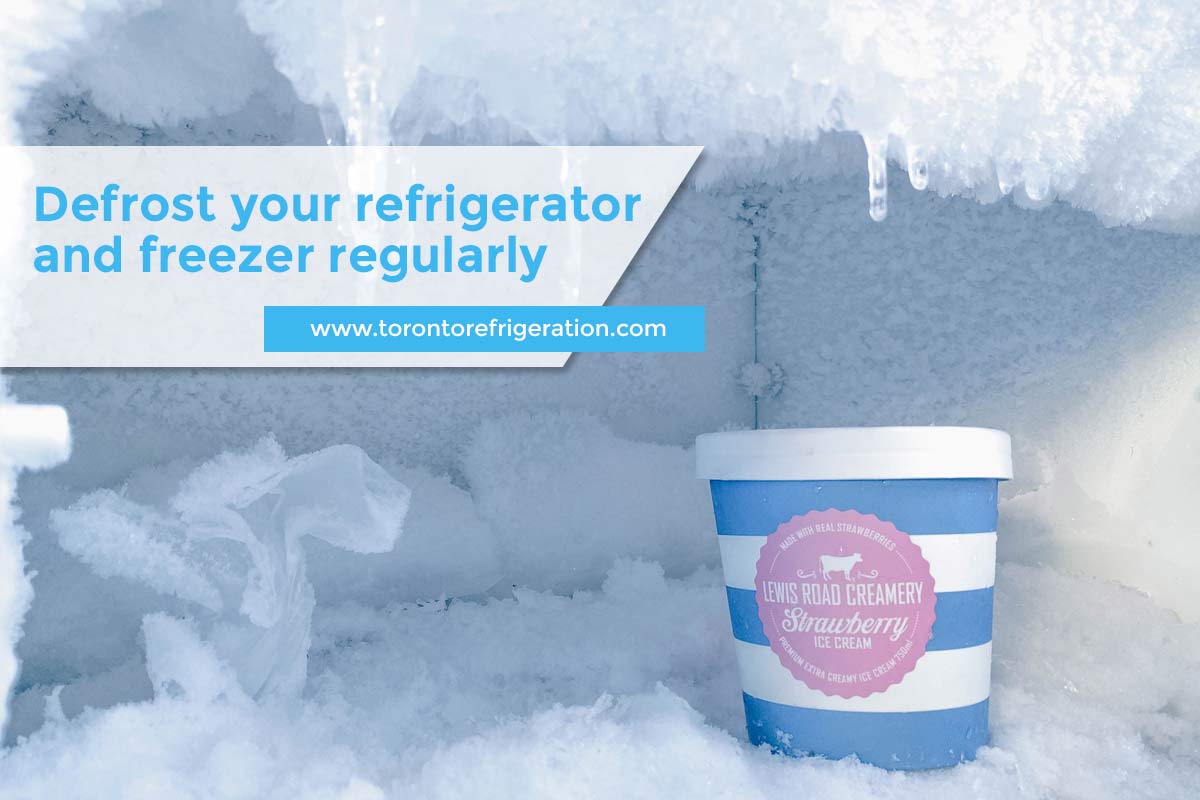10 Tips to Improve the Energy Efficiency of Your Fridge

Whether you just bought a brand new refrigerator or have had yours for years, it pays to follow the best practices for optimal energy use. The fridge is kept running 24/7 and is arguably the most hardworking appliance in your home. To prolong its useful life it needs to be cleaned and maintained regularly. It is a substantial investment, both as a purchase and as a mainstay in your home. It is a significant contributor to your energy consumption; bills can run high if it isn’t functioning well. To benefit your wallet, it’s essential to keep your refrigerator in optimal energy-saving condition.
Follow these 10 tips to improve your fridge’s energy efficiency:
Protect your fridge from sources of high heat
The location of the refrigerator is crucial. Having it near heat sources, such as an oven, dishwasher, or radiator, will force your refrigerator to double the work it typically needs to preserve optimal temperature. Likewise, keep your unit away from direct sunlight as it can have the same impact.
When designing your kitchen, always have the refrigerator in mind. Allot a space where it has constant access to sufficient ventilation to prevent it from going into overdrive.
Cool off your leftovers
Never put hot food into your refrigerator; this will cause the air temperature and other stored foods inside to heat up. Your refrigerator will need to use more energy to bring the temperature back down. You should also store your food properly in a tight container to prevent residual heat from escaping. Even this tiny detail can help reduce next month’s energy bill.
Some worry that leaving the food out may put it at risk of spoiling, but allowing it to cool to room temperature is safe.
Close the door without delay
If you have to use the refrigerator, just be sure to close the door immediately. Avoid opening the door when not necessary. It also helps to think of what you need before opening the door. That way, you know exactly what you need and where it’s at so you won’t have to keep it open for long.
Also, consider keeping snacking to a minimum. This will reduce the amount of time you spend opening and closing the fridge. It will keep your electric bills low while getting your diet under control.
Keep the doors closed
Don’t leave your refrigerator open. Keeping the door closed is probably the most obvious and the cheapest way to keep it from consuming more energy than necessary. Forgetting to close the door lets the cold air escape and warm air in, compelling your fridge to work harder to keep things cool.
Standing in front of an open fridge to keep yourself cold might be tempting, especially on a hot summer day, but it will surely pump up your electricity bill.
Replace the rubber seal on the door
The rubber seal or gasket is a plastic lining that keeps your refrigerator insulated and prevents the heat exchange between the ambient air and the inside of your appliance. Although this material is crucial for your fridge to run efficiently, it is often overlooked.
The seal can easily become worn and lose some of its suction when doors are constantly opened and closed. As it breaks down, the refrigerator will not be able to prevent outside air from seeping in. It has to work twice as hard to keep your food chilled, resulting in higher energy consumption. Keep an eye on the rubber seal; make sure that it is tight and fully intact. If not, replace it immediately.
Tidy up your condenser coils
Your refrigerator’s condenser coils, usually found at the back or on the underside, are responsible for removing heat. If these coils start to get dirty, it will make it difficult for the appliance to continue operating at optimal levels. Keeping them clean will put less pressure on the condenser and will prolong your appliance’s lifespan too.
Cleaning the coils is cheap; you can also do it yourself. All you need to do is invest in a quality bristle brush or a vacuum to remove the accumulated dirt. You also don’t have to clean them regularly, just often enough to remove the dust build-up. It is also best to unplug the appliance when cleaning.
Keep your refrigerator organized and clutter-free
Organizing the refrigerator is more than just a point of good housekeeping. It has a significant impact on the efficiency of your appliance too. When items are easy to find in your refrigerator, the less time you need to spend rummaging through it, and the quicker you can close the door. Also, reserve the top shelf of your fridge for your most used items so that it is quicker to get. Keep in mind that some food items are better kept outside the refrigerator.
Additionally, avoid storing large objects on top of the appliance since they may trap heat inside. Many refrigerators have warnings against placing items above the fridge; be sure to read the manufacturer’s instructions before doing so.
Keep your fridge full
As much as you can, keep your fridge sufficiently loaded. A refrigerator with more items requires less air to keep it cool. Likewise, items can help each other chill. Make sure your refrigerator is about ⅔ full. If you have a large unit, you can store jugs of water in it too.
However, keep in mind that adequate airflow is essential for cooling efficiency. Avoid cramming too many items inside, and keep items from blocking the air vents.
Check the temperature inside
Your appliance may not necessarily be at the exact temperature you set. It can go either higher or lower than what is specified on the dial. The optimal temperature for the refrigerator is 5°C (41°F) and -18°C (-0.4°F) for freezer operation. If your thermometer shows that your temperature is cooler, you can dial it up a little.
Remember, it can take up to 24 hours before temperature changes take effect. Nevertheless, this will translate to noticeable energy savings next time your bill shows up.
Reduce your frost accumulation
Depending on your refrigerator, you may have to do manual defrosting. The thick layer of ice on the coils inside your refrigerator acts as an insulator and, as a result, forcing your appliance to use more energy to cool the interior. Not only is frost build-up a waste of valuable energy, but the thickness of ice also takes up valuable storage space. If you cannot regularly defrost your refrigerator and freezer, it may eventually be difficult for your appliance to maintain lower temperatures.
With these 10 easy steps, not only can you increase the efficiency and improve the operation of your prized kitchen appliance, but it can also save you a great deal of money.
If your refrigerator is over 15 years old, you may want to upgrade it to take full advantage of the energy-saving features of newer models. While buying one can put a dent on your budget, it is a worthwhile investment you can benefit from in the long run.
If you want to make sure that your fridge is at its best, contact Toronto Refrigeration.
Toronto Refrigeration is your ideal partner to service your appliance and refrigerator needs. We are available to lend a helping hand 24/7. Give us a call at (416) 918-2700.




